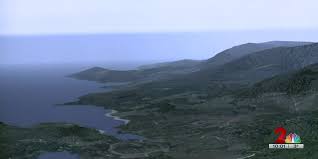Attention, adventurers and nature enthusiasts! Brace yourselves for a thrilling journey through the untamed beauty of Southeast Alaska. However, as we venture into this captivating land of rugged mountains and lush forests, it is crucial to be aware of the formidable forces that shape its landscape. Today, we bring you shocking news from this enchanting region – multiple landslides have been reported amidst torrential rain, relentless winds, and even unexpected snowfall! Join us as we uncover the mesmerizing power of Mother Nature and discover how these natural phenomena are shaping Southeast Alaska's breathtaking terrain.
Enabling loopback connections in WordPress means making sure your server can make HTTP requests to itself (e.g., calling https://yoursite.com/wp-cron.php from within itself). Loopback is required for: WP-Cron jobs Plugin/theme editors (to verify file write permissions) Some site health checks ( Tools > Site Health ) Automatic updates ✅ What Is a Loopback Request? A loopback is when your WordPress site tries to request a URL from itself using tools like wp_remote_get() or fsockopen() . For example: $response = wp_remote_get ( home_url ( '/wp-cron.php' ) ); If this fails, you might see warnings in Tools > Site Health like: “Your site could not complete a loopback request.” 🛠 How to Enable Loopback Requests Here are the key steps depending on your hosting/server setup: ✅ 1. Make Sure localhost or Domain Resolves Internally Check your server can resolve requests to itself. Use this quick PHP script: Create a file test-loopback.php i...

Comments
Post a Comment